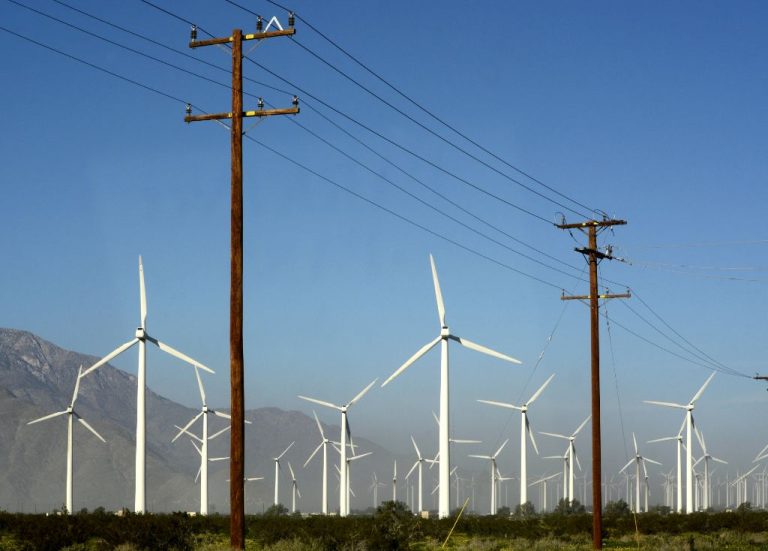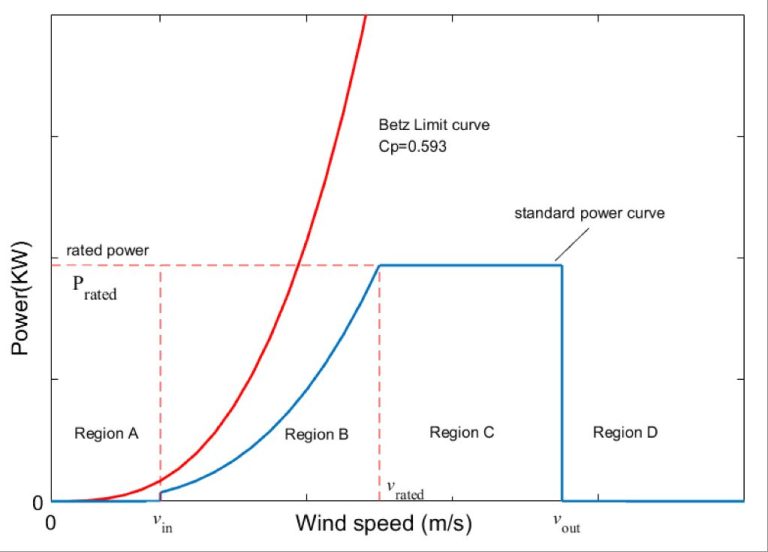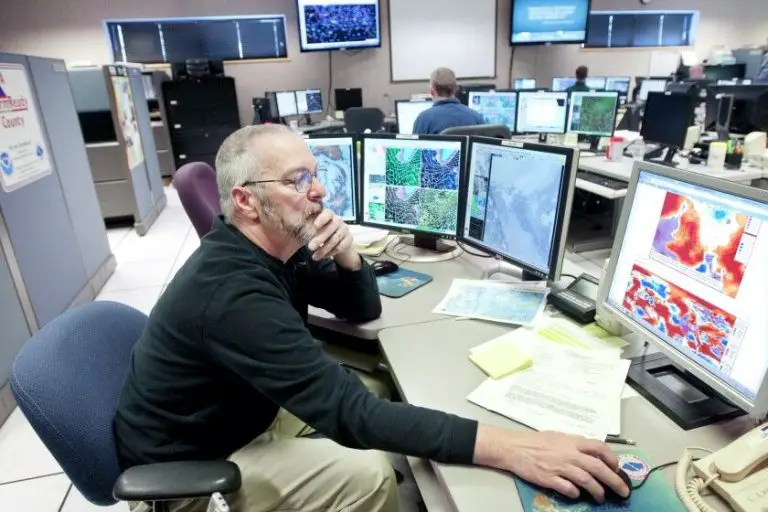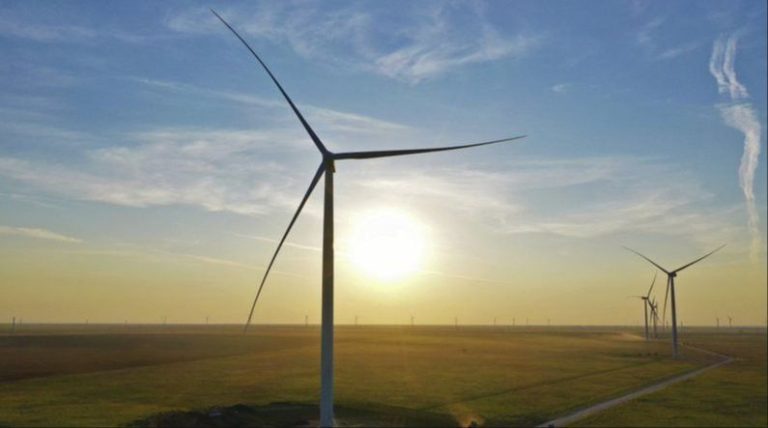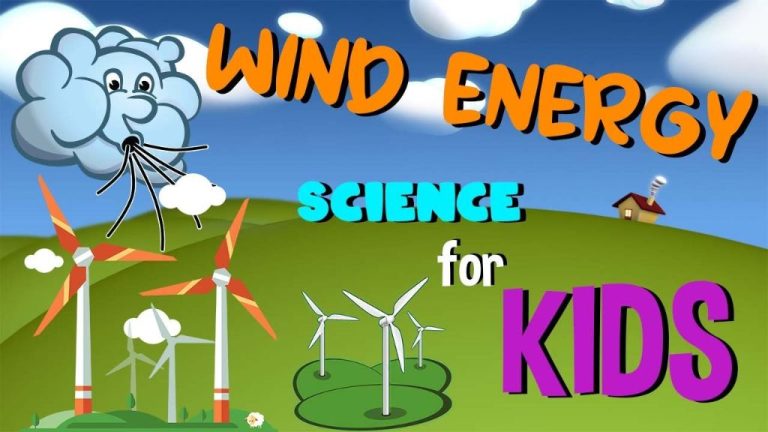What Is A Machine That Is Run By Wind Power?
Wind power machines, also known as wind turbines, are devices that convert the kinetic energy from wind into electrical energy. They play an increasingly important role in renewable energy production as a sustainable alternative to fossil fuels. Wind turbines allow the generation of clean electricity through a renewable and abundant resource – the wind.
The purpose of wind turbines is to harness the power of the wind to generate electricity. They provide a clean, renewable way to produce energy without emitting greenhouse gases. Wind power is also considered to be a green, sustainable alternative to traditional energy sources that rely on finite fossil fuels.
Wind turbines are an essential technology for meeting renewable energy goals, reducing dependence on fossil fuels, and mitigating climate change. As wind power expands, wind turbines will continue to grow in importance as tools to shape a more sustainable energy future.
History
Humans have harnessed wind power for thousands of years. Early uses of windmills date back over 3,000 years to ancient Babylon, Persia, and China, where windmills were used to grind grain and pump water (https://www.eia.gov/energyexplained/wind/history-of-wind-power.php). These early windmills captured wind with large sails and converted the rotational motion to mechanical power. The development of windmills then spread across Europe and the Middle East between 500-900 AD. Windmills became an important source of power in rural areas of Europe up until the Industrial Revolution.
The first electricity generating wind turbine was built in Scotland in July 1887 by James Blyth (https://en.wikipedia.org/wiki/History_of_wind_power). Blyth’s 10 meter high, cloth-sailed wind turbine was used to charge accumulators which powered the lights in his holiday cottage. However, wind power did not see widespread commercial application until the late 1970s. The oil crises of 1973 and 1979 led to surging oil prices and increased interest in renewable energy sources like wind power. Government subsidies and tax incentives helped drive the development of modern commercial wind turbines. Since the 1980s, wind turbine technology has continued to advance, with larger turbines, improved efficiency, and expanded offshore applications.
How They Work
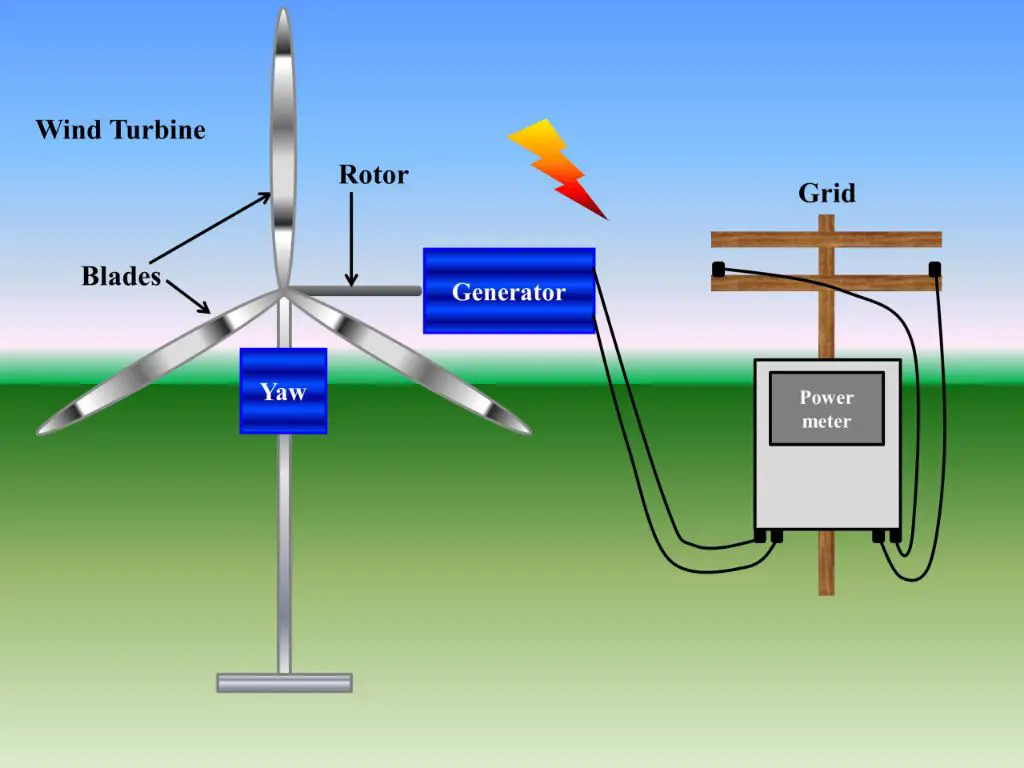
Wind turbines work by capturing the kinetic energy of the wind and converting it into electrical energy. The key components that allow wind turbines to generate electricity are the blades, shaft, gearbox, generator, and transformer.
As the wind blows past the blades, the aerodynamic shape of the blades causes them to rotate and spin the shaft. The shaft is connected to an internal gearbox that increases the rotational speed to the level required by the generator. The generator uses magnetic fields to convert the mechanical energy of the rotating shaft into electrical energy.
Most wind turbines contain a generator, gearbox, nacelle, rotor hub, blades, tower and foundation. The nacelle sits atop the tower and contains the gearbox, low- and high-speed shafts, generator, controller, and brake. The blades are attached to the rotor hub and the hub connects to the low-speed shaft. The high-speed shaft sends rotational energy to the generator.
The generator contains magnets that rotate around a coil of copper wire, inducing a flow of electrons and creating an alternating current (AC). The electricity is then fed down the tower through electrical cables to a transformer which converts the electricity from low voltage to higher voltage levels for transmission to the grid.
Therefore, wind turbines use the natural power of the wind to spin the blades which drive the generator to produce clean, renewable electricity. The wind provides the kinetic energy which is converted into electrical energy for consumption.
Sources:
https://www.energy.gov/eere/wind/how-do-wind-turbines-work
https://www.nationalgrid.com/stories/energy-explained/how-does-wind-turbine-work
Types of Wind Turbines
There are two main types of wind turbines: horizontal axis turbines and vertical axis turbines.
Horizontal axis wind turbines have blades that spin perpendicular to the ground, parallel to the wind direction. The main rotor shaft and electrical generator are located at the top of a tower, and the blades face into the wind. Horizontal axis turbines are the most common type used today.
Vertical axis wind turbines have blades that go from top to bottom. The main shaft is arranged vertically, and the generator and gearbox are located near the ground. The blades rotate around this vertical shaft. Vertical axis turbines can generate power regardless of wind direction.
Some key differences between horizontal and vertical axis wind turbines: [1]
- Horizontal axis turbines are generally more efficient at harnessing wind energy.
- Vertical axis turbines don’t need to be pointed into the wind, allowing them to take advantage of winds from varying directions.
- Vertical axis turbines create less noise and visual impact as their generator and gearbox are located near the ground.
- Maintenance costs can be higher for vertical axis turbines due to the gearbox being located in turbulent air flows near the ground.
Overall, horizontal axis wind turbines are more prevalent today, though vertical axis turbines may be better suited for locations with highly variable wind patterns.
Components
Wind turbines consist of several key components that work together to convert kinetic energy from the wind into mechanical power and then electrical energy. The main components are:
-
Blades: The blades are usually made of fiberglass reinforced polyester or wood-epoxy. They are shaped aerodynamically to capture the wind and rotate the rotor. The number and length of blades varies based on the turbine design.
-
Rotor: The blades are mounted to a central hub or rotor which spins as the blades turn. The rotor is connected to the main shaft.
-
Nacelle: The nacelle sits atop the tower and contains the gearbox, generator, brakes, and control systems.
-
Tower: The tower provides the structural support for the turbine and its components. Towers are made of tubular steel, concrete, or steel lattice.
-
Generator: The generator uses electromagnetic induction to convert the rotational mechanical energy into electrical energy. Common types are synchronous and induction generators.
-
Gearbox: Most turbines utilize a gearbox which increases the rotational speed from the rotor to the generator. The gearbox provides the appropriate speed for the generator to produce electricity.
Other components include the yaw system, brakes, controller, cables, bearings, and more. Proper design, construction and maintenance of all components is critical to optimizing wind turbine performance.
Sizes and Capacities
Wind turbines come in a range of sizes depending on their intended use and power output capabilities. Some key categories include:
Small Turbines
Small wind turbines generally produce up to 50 kW of power. They typically have rotor diameters up to 40 meters and are used for homes, farms, and small businesses. The smallest turbines can produce just enough electricity for charging batteries or powering small loads like water pumps.
Medium Turbines
Medium sized turbines produce 50-500 kW of power. They have rotor diameters around 40-60 meters. These are used for larger homes, farms, and businesses. Medium turbines work well distributed through wind farms and generate enough power for dozens of homes.
Large Turbines
Large turbines produce 500 kW to 2 MW of power. Their rotor diameters range from 60-130 meters. These are widely used in utility-scale wind farms and can power hundreds of homes each. Large turbines make up most of the wind energy capacity installed today.
Mega Turbines
The largest wind turbines today are considered “mega turbines.” These enormous turbines can produce over 2 MW each, with rotor diameters exceeding 130 meters. The largest turbine built so far is the Haliade-X 12 MW turbine by GE Renewable Energy, with a rotor diameter of 220 meters.
In general, larger wind turbines can capture more wind energy and produce more electricity. But they also have higher capital costs. The optimal size depends on the location and intended application.
Applications
Wind turbines are used in a variety of applications, from small individual turbines for residential use to large utility-scale wind farms. The largest application is in utility-scale wind farms, where many wind turbines are erected together to produce energy on a massive scale. According to the Office of Energy Efficiency and Renewable Energy, utility-scale wind turbines account for the majority of wind power capacity in the United States, with tens of thousands of turbines producing gigawatts of renewable electricity (https://www.energy.gov/articles/how-wind-turbine-works). These large wind farms are often built onshore but offshore farms are becoming more popular as technology improves.
Smaller scale turbines in the kilowatt range are used for residential, agricultural, or small business applications. Individual homeowners may install a small wind turbine on their property to offset some of their energy usage. Farmers often use smaller wind turbines to help power barns, wells, and equipment. Small businesses may utilize a turbine to reduce their energy bills. According to Danfoss, small-scale turbines in urban locations are also becoming more popular (https://www.danfoss.com/en-us/markets/energy-and-natural-resources/dcs/wind-turbines/).
Researchers are also investigating how to integrate wind turbines into high-rise buildings. Urban wind turbines could take advantage of the increased wind speeds at higher altitudes. These building-integrated wind turbines could potentially provide distributed renewable energy in cities (https://www.sciencedirect.com/science/article/abs/pii/B9780124167148000044).
Advantages
Wind energy offers several key advantages compared to conventional power sources. The most notable advantages of wind power are that it is renewable, clean, and cost-effective.
Wind is a renewable energy source, meaning it will not run out or be depleted like fossil fuels. Wind turbines use the natural resource of wind to generate electricity. As long as the wind blows, electricity can be harnessed and generated through wind turbines (Department of Energy, 2022).
Wind energy does not pollute the air like power plants that rely on combustion of fossil fuels, which emit harmful greenhouse gases like carbon dioxide. Wind turbines produce power without emitting any toxic pollution or greenhouse gases. Using wind energy to generate electricity significantly reduces environmental impacts compared to conventional sources (Department of Energy, 2022).
The operating costs of wind turbines are relatively low after installation. Wind energy prices have fallen dramatically in recent decades and are now extremely cost competitive with conventional sources of electricity generation like coal and natural gas. The abundance and free availability of wind makes the operating costs of wind turbines low once installed (BKV Energy, 2022).
Disadvantages
While wind power offers many benefits, there are some drawbacks to consider as well. One main disadvantage is that wind energy can be intermittent and variable. The amount of electricity generated depends on the wind speed, which is not consistent. Wind turbines only generate power when the wind speed falls within a certain range, and electricity output varies based on wind conditions. This can make wind power more challenging to integrate into the electrical grid compared to more consistent energy sources.
Another commonly cited disadvantage is the potential impact on birds and wildlife. Wind turbines can pose a collision risk to birds or bats that fly into the rotating blades. However, research shows that the number of avian fatalities is relatively low compared to other man-made structures. Proper site selection and updated turbine designs can help minimize bird and bat impacts.
Some people complain about noise from wind turbine blades. Newer wind turbine models have become quieter, but a “swishing” sound may be audible from nearby turbines. Siting wind farms away from residential areas can help reduce noise effects.
Future Outlook
The future growth and potential of wind power looks very promising. According to the Renewable Institute, wind power is expected to generate over one-third of the world’s electricity by 2050. Significant growth is expected in both onshore and offshore wind farms as the technology continues to advance and become more cost-effective (Renewable Institute).
Some key innovations that will shape the future of wind power include larger and more efficient turbine designs, floating offshore wind farms that can be located further out at sea, and new smart grid technologies to better integrate wind energy. There is also active research into airborne wind energy systems using tethered kites or drones flying in loops to generate electricity at higher altitudes where winds are stronger and more consistent (TRC Companies). Overall, with many countries committed to increasing renewable energy, the future is bright for wider adoption of wind power.

